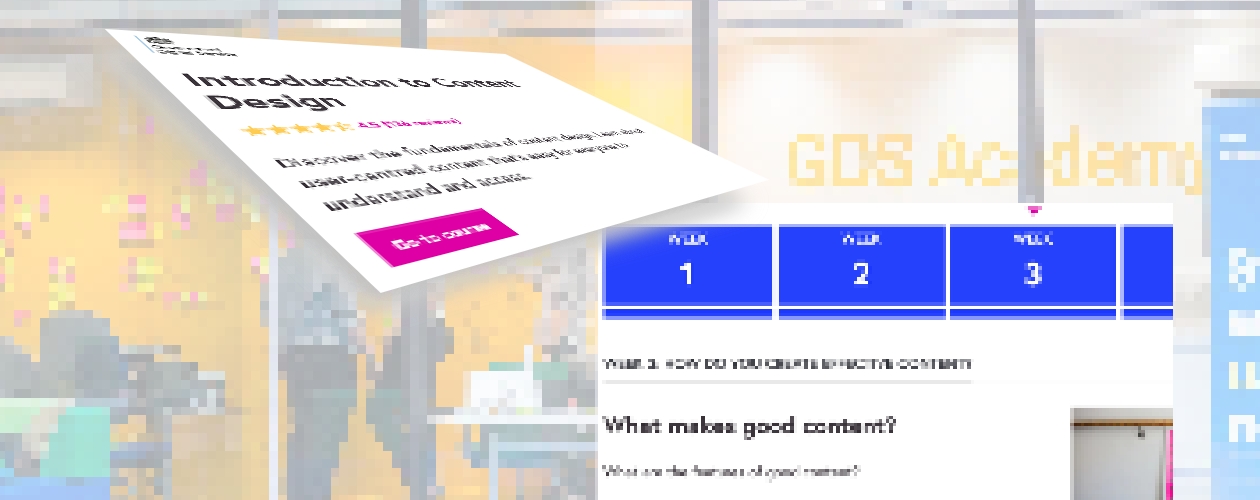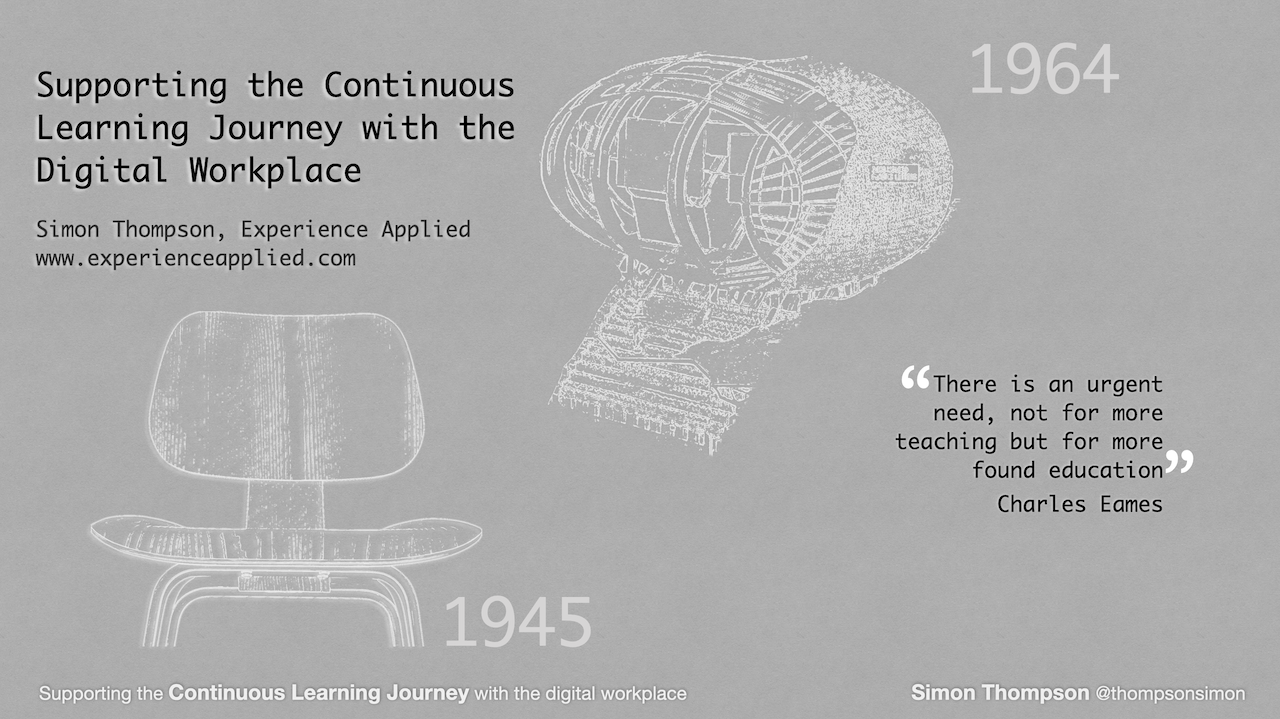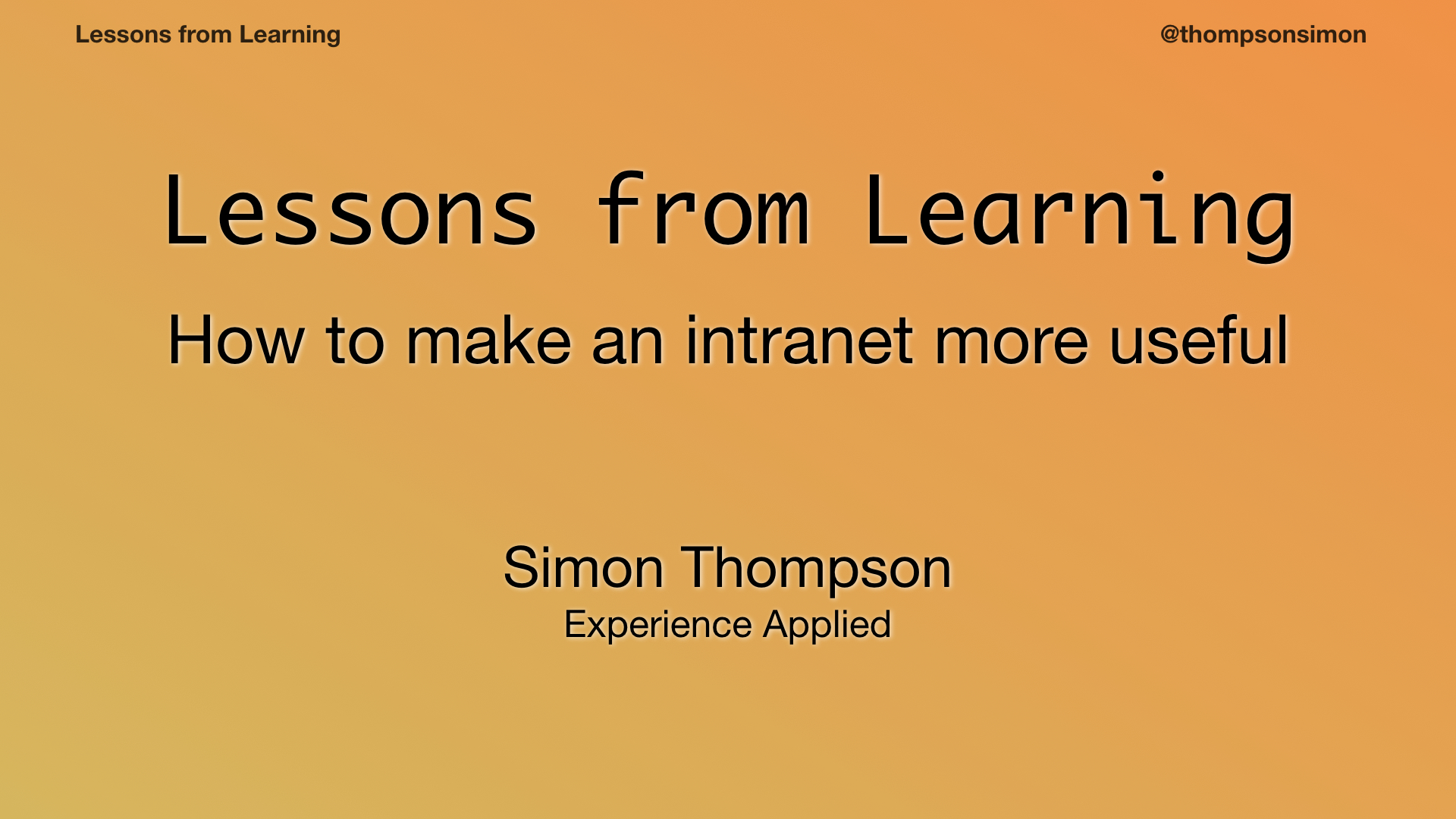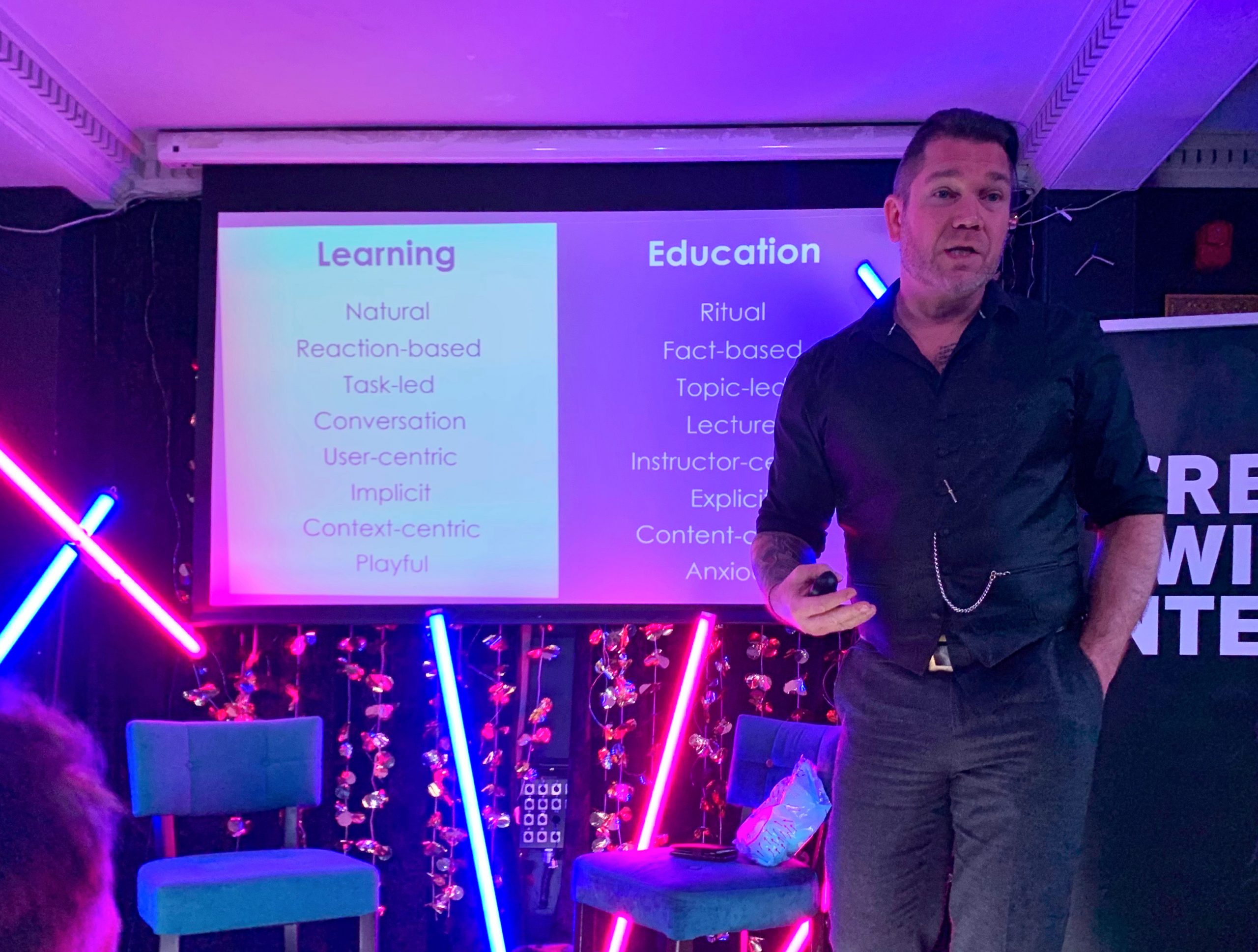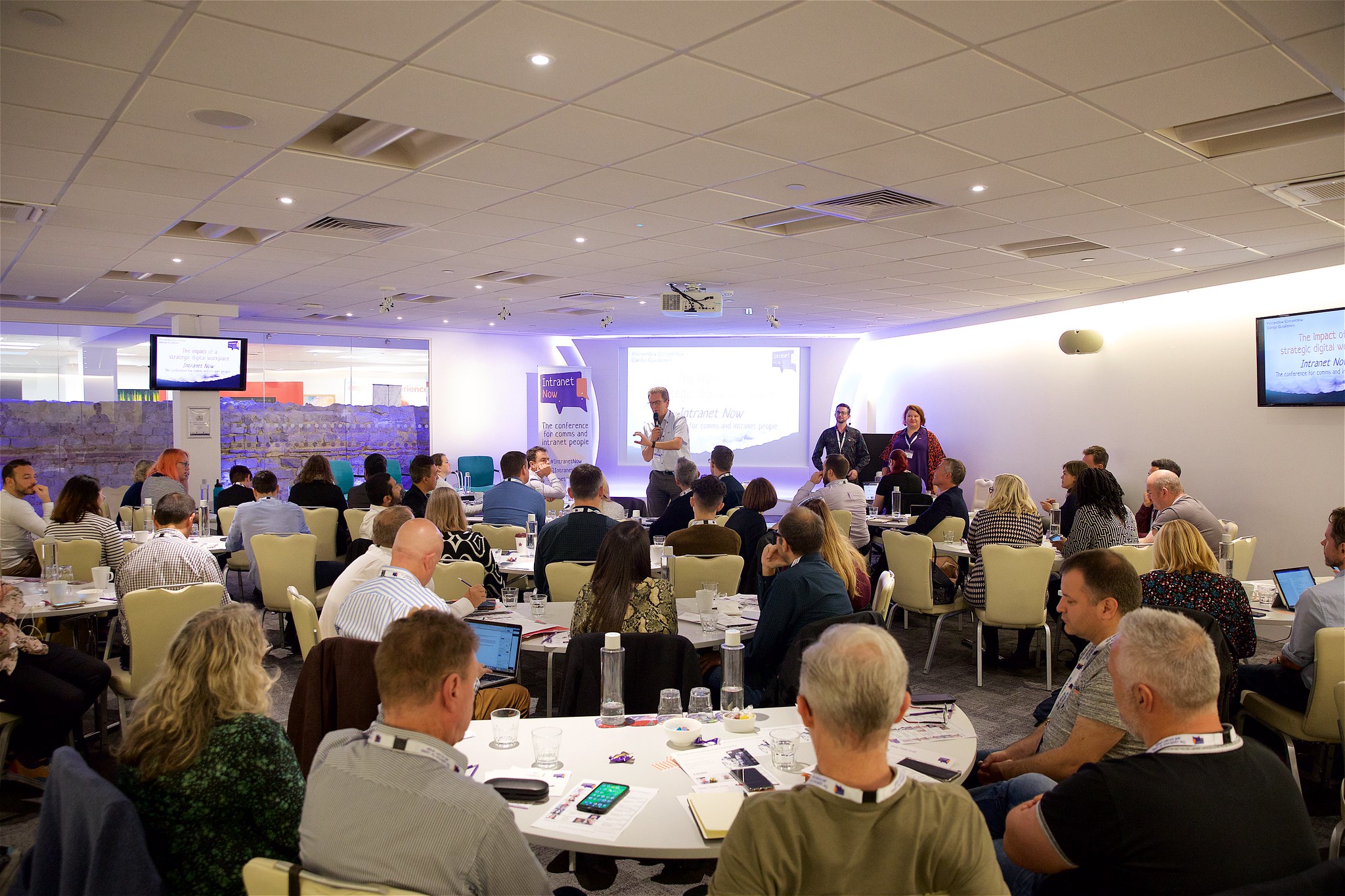Category: Intranets
-
Intranets in the worst of times
Sooner or later, something bad is going to happen in your organisation, and your digital workplace will be the place your colleagues go for information and support. You need to be ready. Ten years ago this January, I left home extra early on the first day back from the Christmas break. Something awful had happened…
Written by
-
Review: Introduction to Content Design
“Work on end-to-end journeys to help users complete their goals” In September 2020, the UK’s Government Digital Service (GDS) published the Introduction to Content Design course on FutureLearn. The course takes a suggested 16 hours over four weeks and is free to take, although you will need to pay for tests and certification. I took…
Written by
-
Digital Work Disruption 2020
My slides from the Digital Work Disruption conference on 26 August 2020. Find out more about my exploration of intranets and workplace learning in Lessons from Learning – the post Please feel free to leave feedback on this page.
Written by
-
Life changing: a tribute to Intranetters and the intranet community
Ten years ago, I attended my first intranet community event, the appropriately-named Intranetters. Looking back, as plans take shape for a 2020 revival of the meet-up, I can see it as the starting point of a chain of events that is reasonable to call life changing. I actually felt nervous, a fraud almost, as I…
Written by
-
Learning Technologies – a digital workplace perspective
Last week I got to spend a day and a half at the Learning Technologies exhibition in London, and had many interesting conversations. As I’ve commented before, learning tech feels like a strange parallel universe where intranets barely exist, so would this year’s show be different? Something borrowed, something blue There is a concern in…
Written by
-
Lessons from Learning – the post
In 2019, I was thrilled to be invited to present my talk Lessons in Learning to the IntraTeam conference in Copenhagen. This is a summary of the majority of the talk, where I argued that intranet professionals need to pay more attention to learning and development. This talk originates a year before at IntraTeam Event…
Written by
-
Everything you know about learning is wrong…and what might that mean?
Nick Shackleton-Jones is an entertaining and occasionally puckish speaker, and kept the Brighton audience for last night’s Tilt Talk on their toes with jokes, challenging questions, short activities and giant marshmallow-throwing. And that wasn’t just playfulness, but illustrating one of Nick’s key points about how people learn: that we are much more likely to remember…
Written by
-
Mini-review SharePoint Saturday Leicester 2019
At just after 5am on Saturday, I was getting up for the drive to Leicester, to my first Midlands-based SharePoint Saturday in probably 5 years. I arrived at the fog-bound Leicester Racecourse in plenty of time for the 8.45am start. In some respects, having a SharePoint event barely a week after the massive Ignite conference…
Written by
-
Intranet Now – October 2019
This time with…strategy It feels a little odd to be back at One America Square so soon after the last Intranet Now conference, not that I’m complaining. The previous Summer Edition was an experiment that I very much enjoyed (Intranet Now 2019 Summer Edition), and it is always a pleasure to immerse myself in the…
Written by
-
Here’s to the connectors…
Rather delightfully, Lisa Riemers last week described me as a superconnector. Okay, so she included me in a group of many people I admire in her post about the wonderful community around intranets How to succeed in life (and intranets). And it’s not just that I admire them, each of these people has contributed to my…
Written by

